The floating markets of the West are considered heritage because they preserve traditional lifestyles as well as historical and cultural values. Due to the essential commercial needs and the fact that travel is always associated with the river, the intersection of the river branches becomes an ideal place for merchants (people who sell goods on boats and canoes) to gather and trade.
The photo series of Nga Nam floating market on the days before Tet was taken by photographer Nguyen Chi Nam (living in Hanoi) during his trips to explore Nga Nam floating market, about 60 km from Soc Trang city, in 2015, 2017 and the morning of the 24th of Tet in 2018.
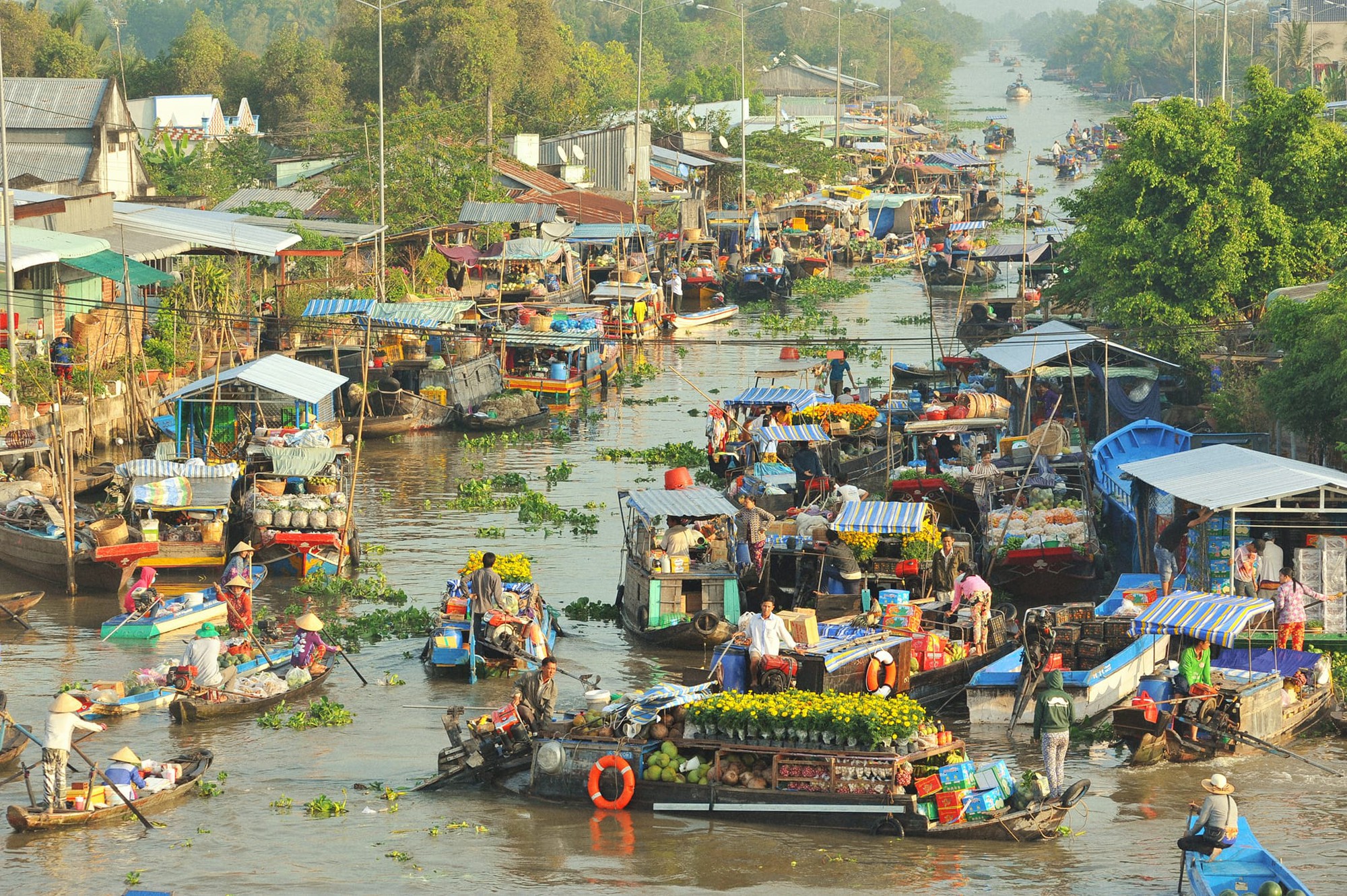
Boats carrying flowers on the Nga Nam River in the busy days. This image has gradually faded into the past, leaving nostalgic memories in the hearts of local people and tourists who have set foot here.
In the Mekong Delta, we can name the "once glorious" floating markets such as Cai Be (Tien Giang), Long Xuyen (An Giang), Cai Rang (Can Tho), Nga Bay (Hau Giang) or Nga Nam (Soc Trang), which were once popular when people mainly lived on waterways, with bustling scenes of boats and ships operating in the early morning. Nowadays, most of the bustling floating market images of the past are gradually only in memory.
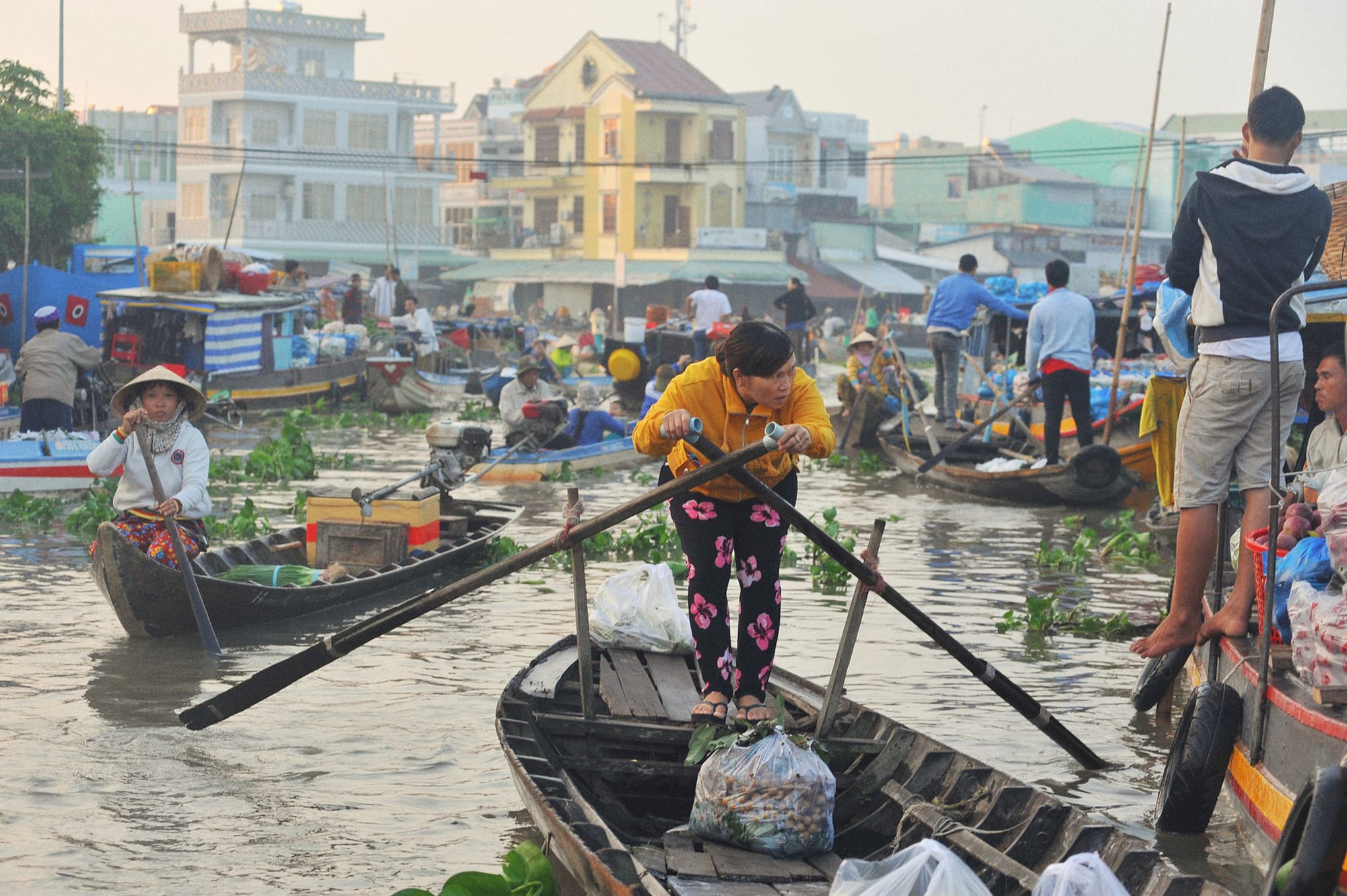
Nga Nam floating market appeared when the French dug Phung Hiep canal and Xang canal across Xeo Chich canal, creating the intersection of five rivers heading in five directions: Long My, Vinh Quoi, Phung Hiep, Phuoc Long and Phu Loc.
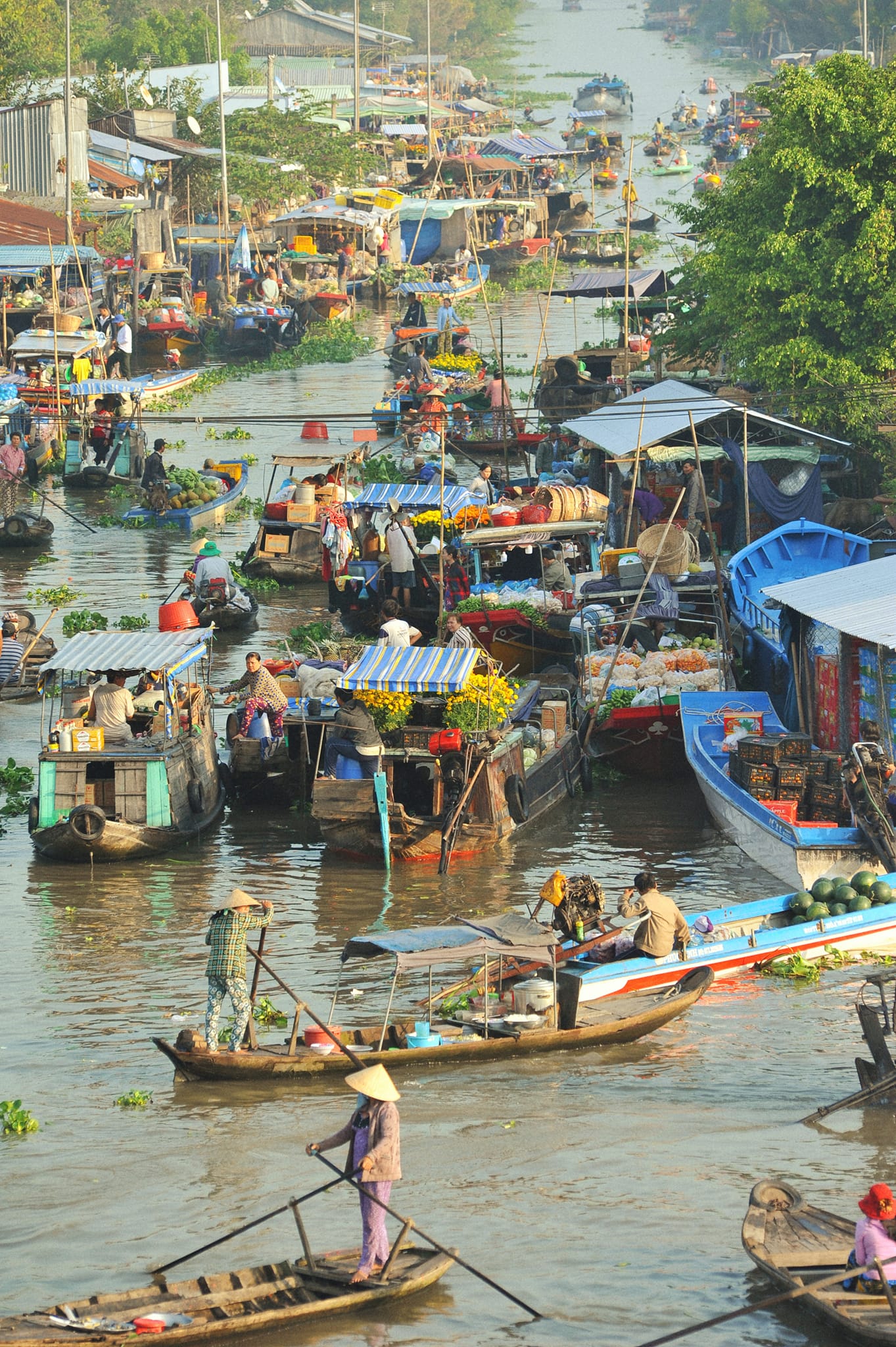
Wandering around Nga Nam floating market during the days before Tet is the busiest time of the year, because the traffic of boats and ships coming to trade and exchange goods is very bustling, the scene is considered to be the quintessence of the remaining floating markets of the Mekong Delta.
Nga Nam Floating Market has a history of more than a hundred years, and was bustling with activity more than 10 years ago. However, since Covid-19, most of the traders have been arranged by the local authorities to go ashore to sell, and now there are only a few dozen large boats and canoes anchored to transport wholesale goods along the river branch to Phung Hiep...
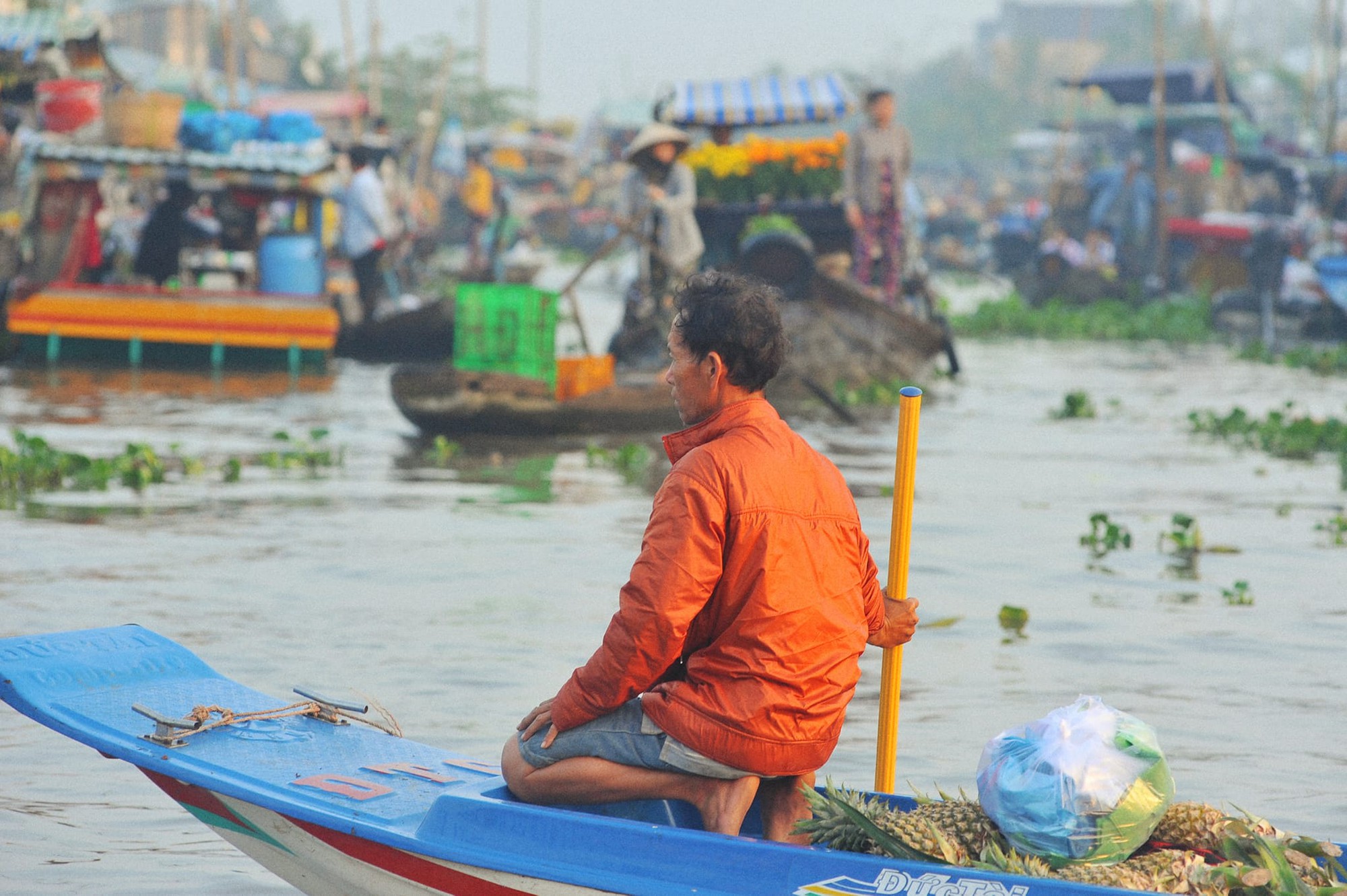


Floating markets shelter the wandering souls, here and there on the rivers of the West.
"I love watching the rainy market here. All five rivers are white, with the rumbling, banging sounds of motorboats echoing from afar, like footage from the last century. Traveling and encountering rain is also a lucky opportunity to slow down and contemplate local life most clearly," the photographer shared.

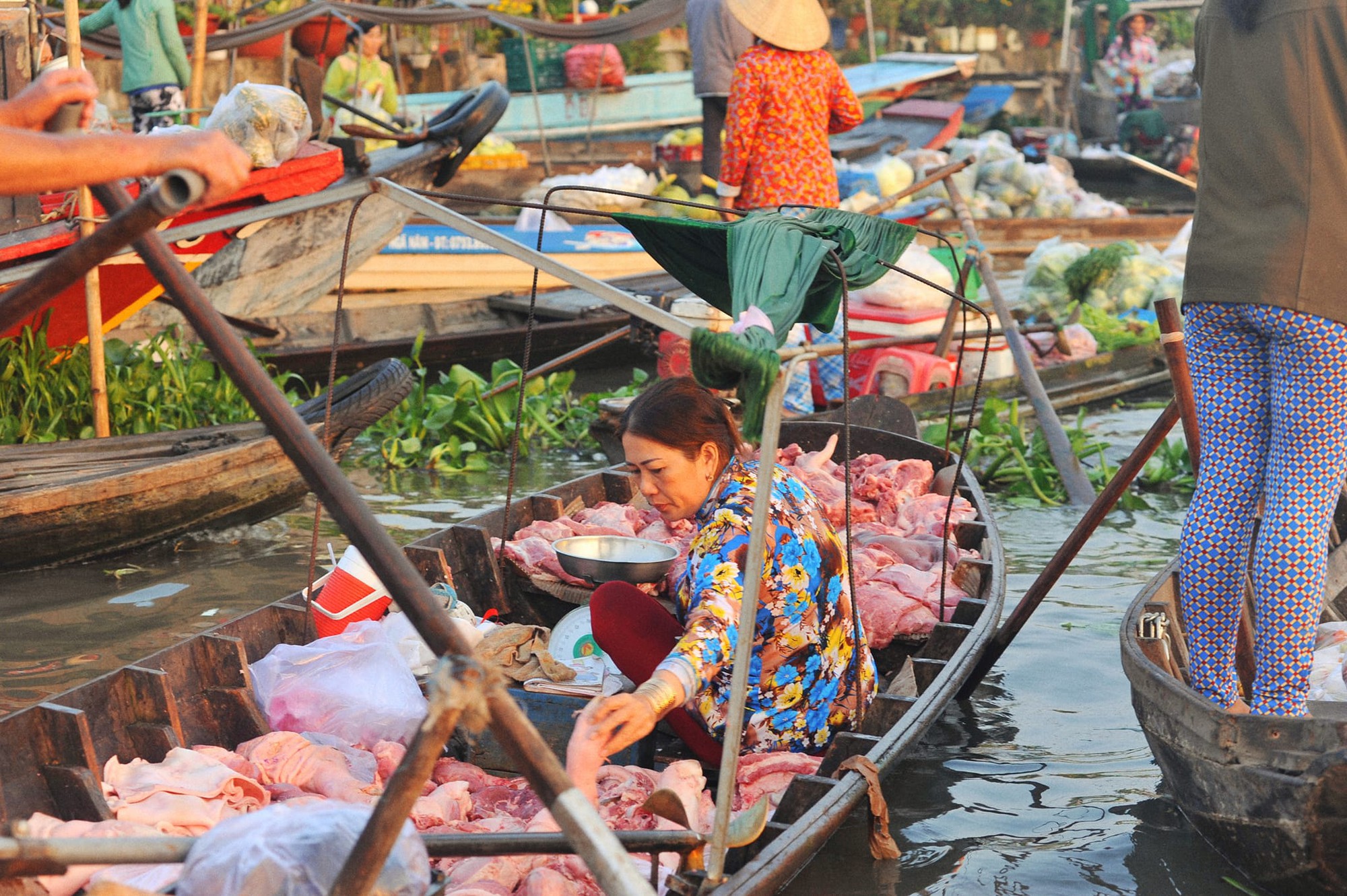
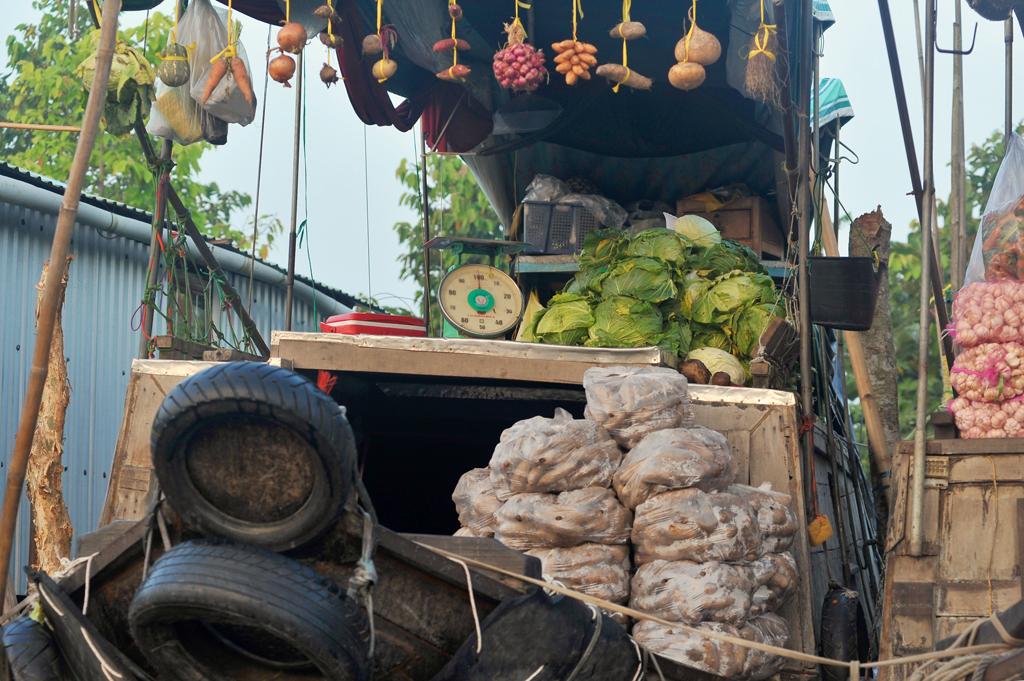
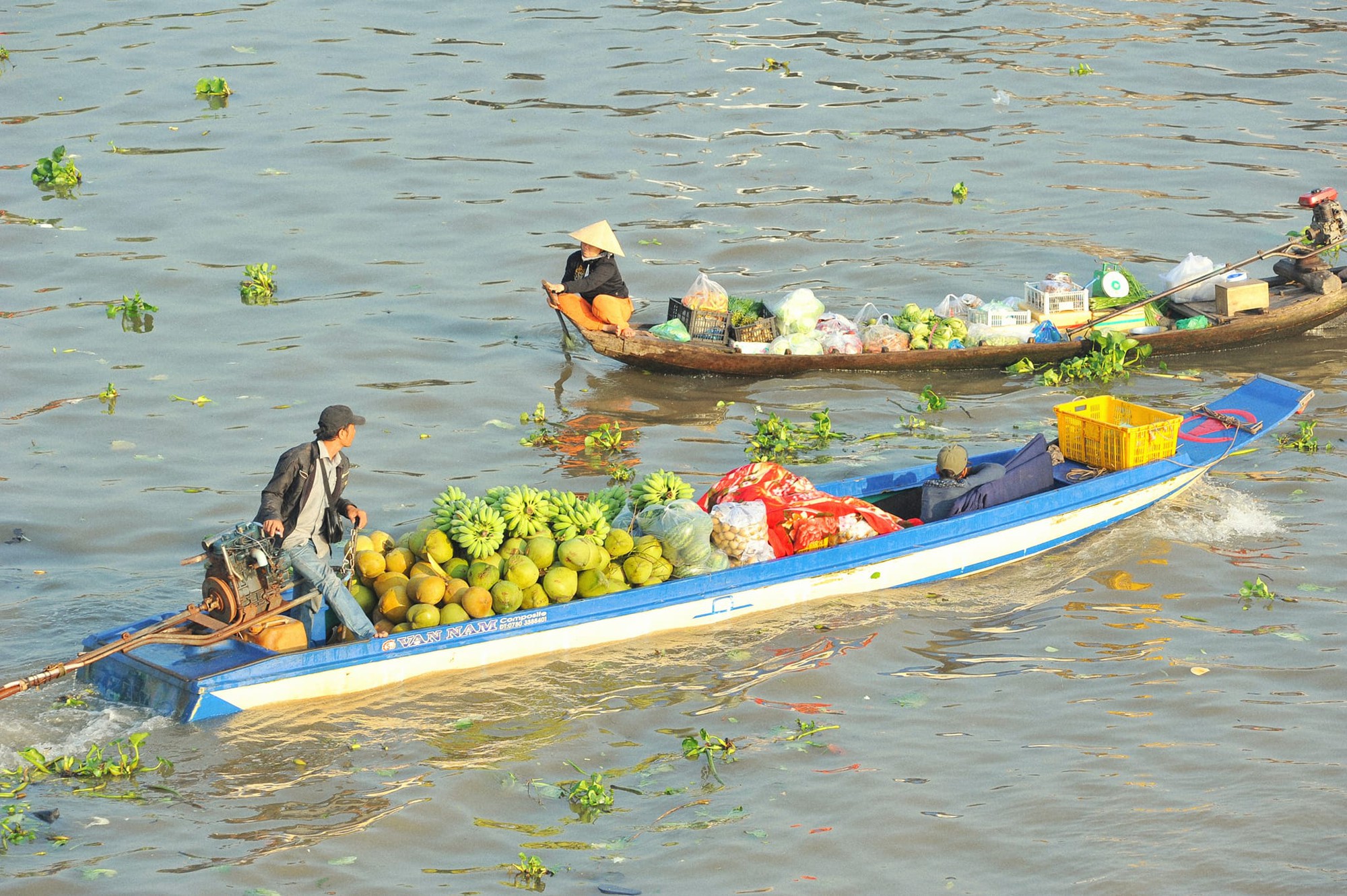
Visitors can find "everything" at the market, from vegetables, salt, meat, fish to clothes. Fruit is one of the best-selling items at the floating market with famous garden varieties such as watermelon, coconut, grapefruit, plum, banana or pineapple.
The market usually opens from 4 to 5 am and is most crowded from 6 to 7 am. After catching the sunrise, visitors can enjoy breakfast right on the boat with specialties such as vermicelli soup, vermicelli with crab, rice vermicelli with silkworms and drinks such as iced coffee, salted lemon or sweet tea.
To identify what item a boat is selling, visitors just need to look up at the "cay beo", the bamboo pole that hangs the item being sold. Typically, a boat selling pineapple will hang pineapples, a boat selling mangoes will hang mangoes, or a boat selling sweet potatoes will hang sweet potatoes.
The most interesting thing about Nga Nam floating market is probably the bustling atmosphere during the days before Tet, the floating markets are almost open from morning to noon, making it even more bustling.
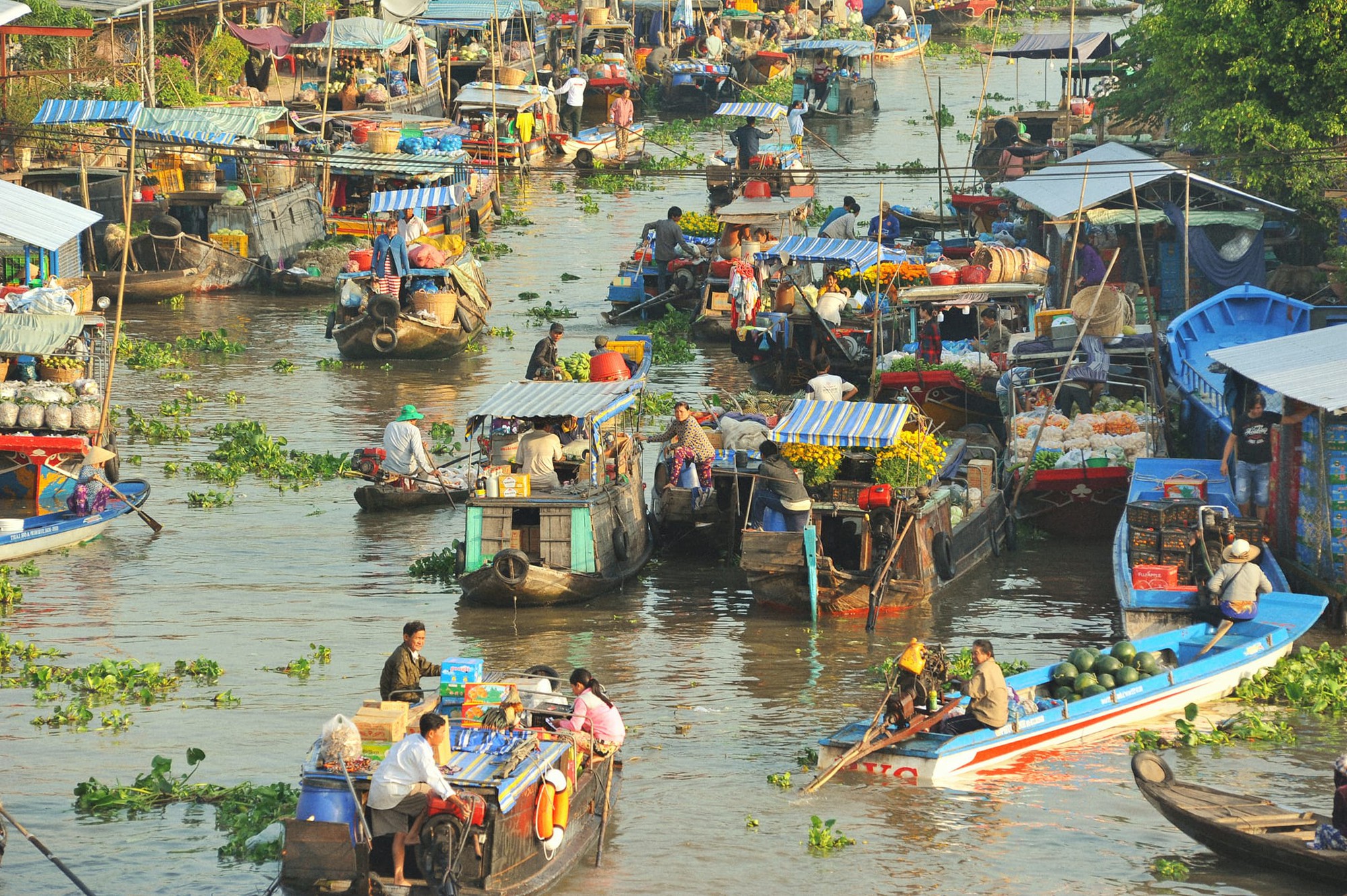
Boats and canoes are moored close together and people live on the river so they can move and carry goods back and forth between vehicles easily.
In the middle of a vast river area, the invitation to buy goods, pork, watermelon with the highlight of marigolds, bougainvillea on boats and canoes creates a bustling spring scene.
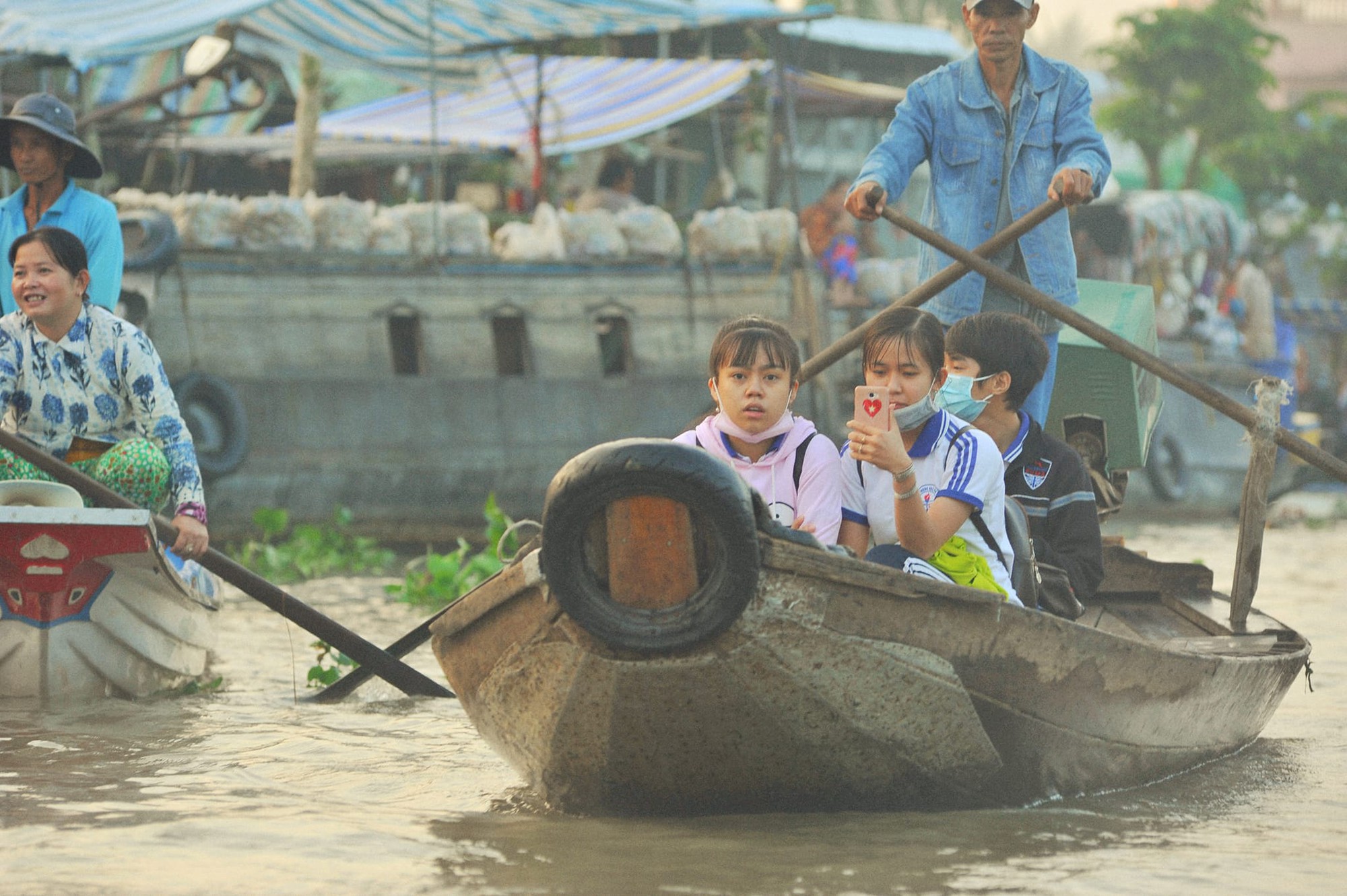
Images of the past
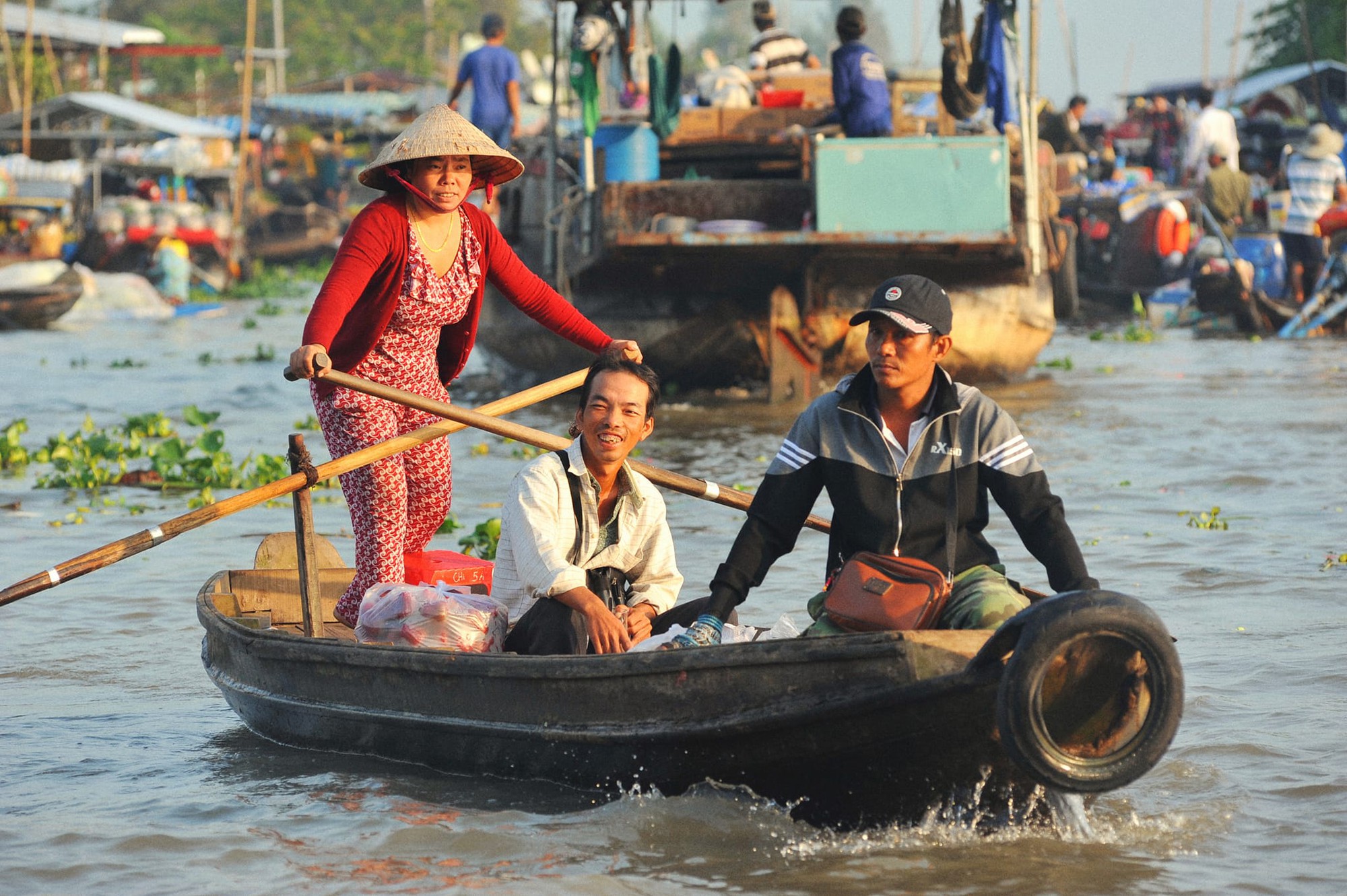
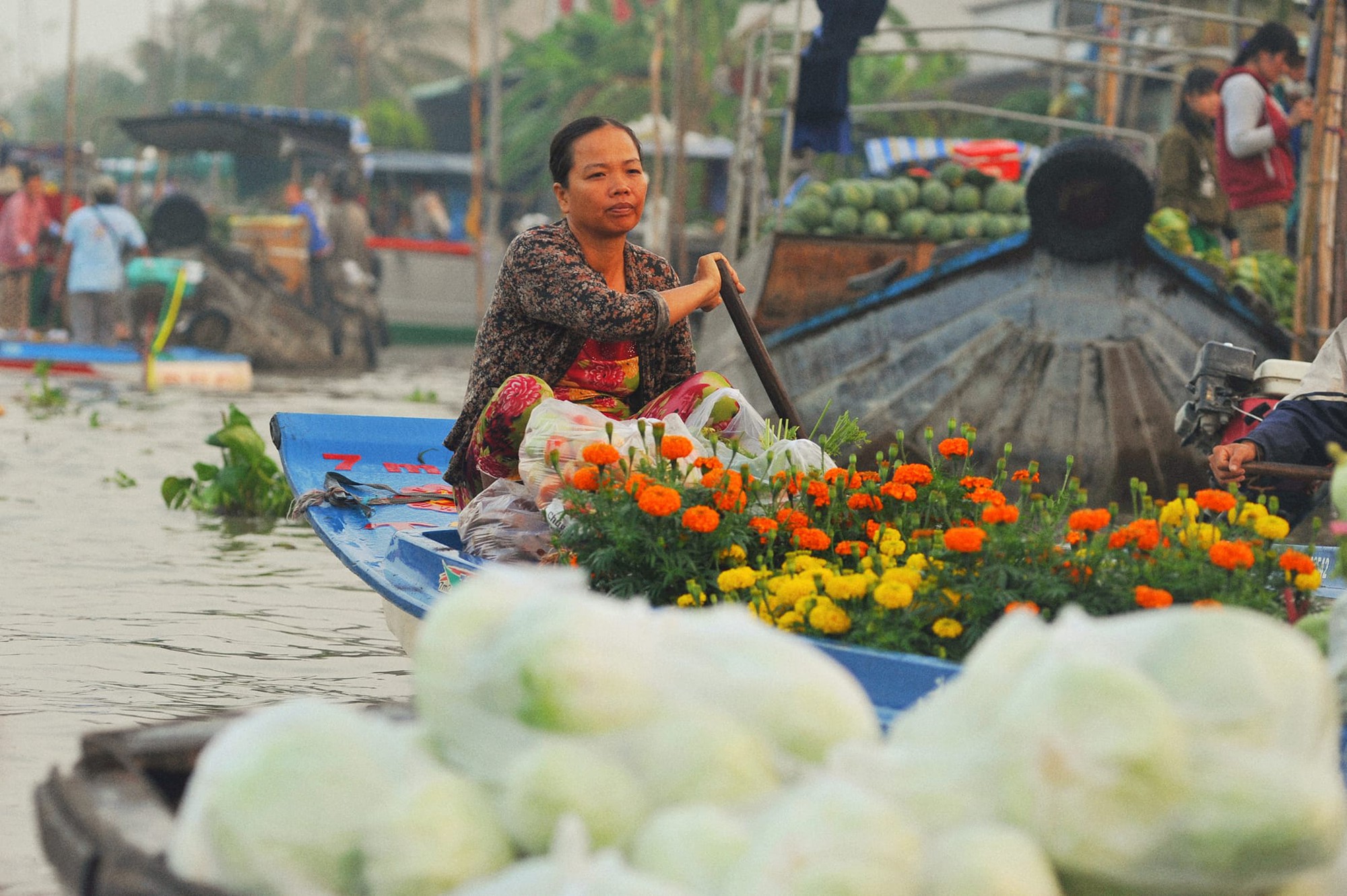
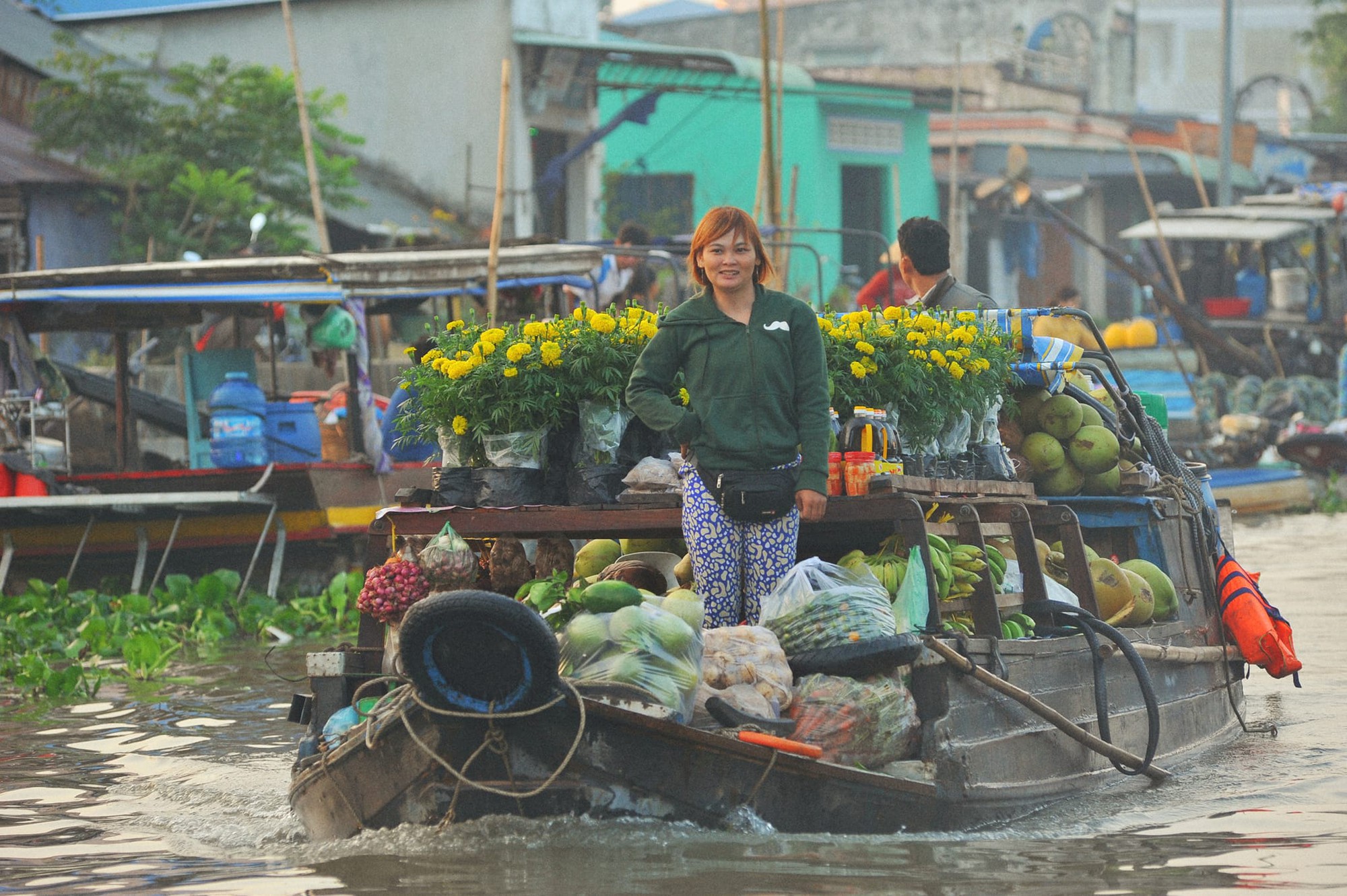
Bustling scene of Nga Nam floating market in the old days before Tet
Nga Nam Town is completing a project to develop local tourism associated with preserving the floating market in the 2021-2025 period to turn the market into an attractive and key river tourism product of the province, focusing on plans to restore the floating market, ensuring convenient infrastructure for the trade of goods by waterway and road...
Source link


![[Photo] "Beauties" participate in the parade rehearsal at Bien Hoa airport](https://vstatic.vietnam.vn/vietnam/resource/IMAGE/2025/4/11/155502af3384431e918de0e2e585d13a)



![[Photo] Looking back at the impressive moments of the Vietnamese rescue team in Myanmar](https://vstatic.vietnam.vn/vietnam/resource/IMAGE/2025/4/11/5623ca902a934e19b604c718265249d0)

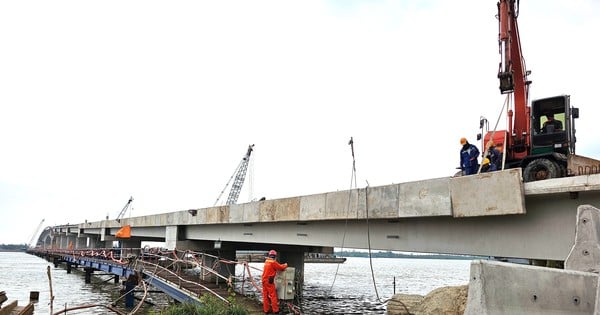






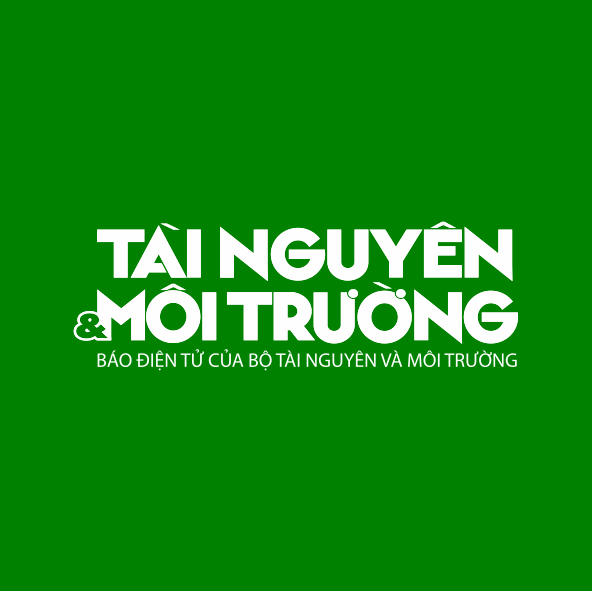
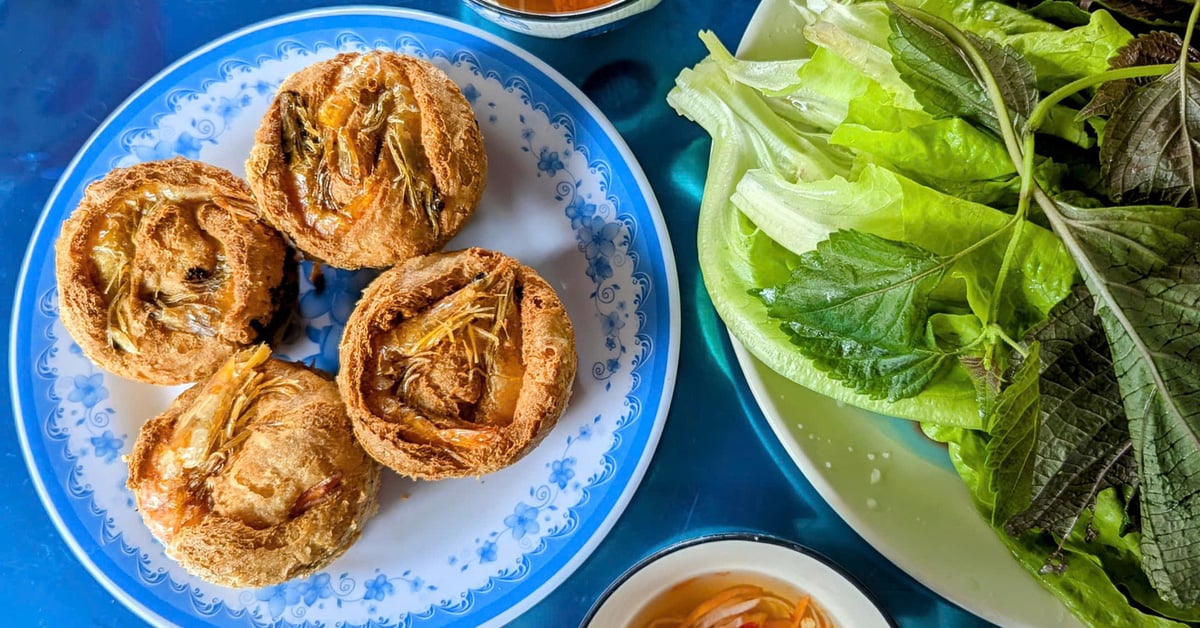

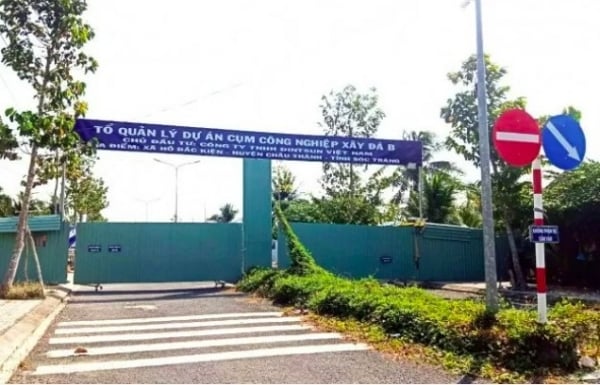






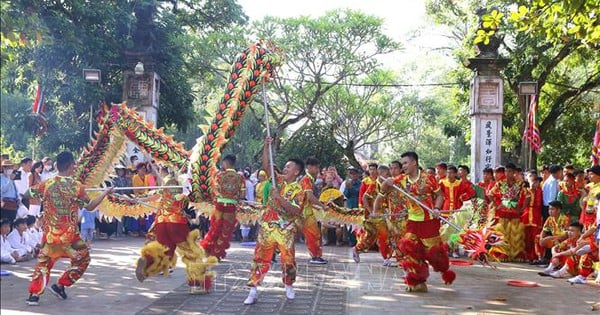



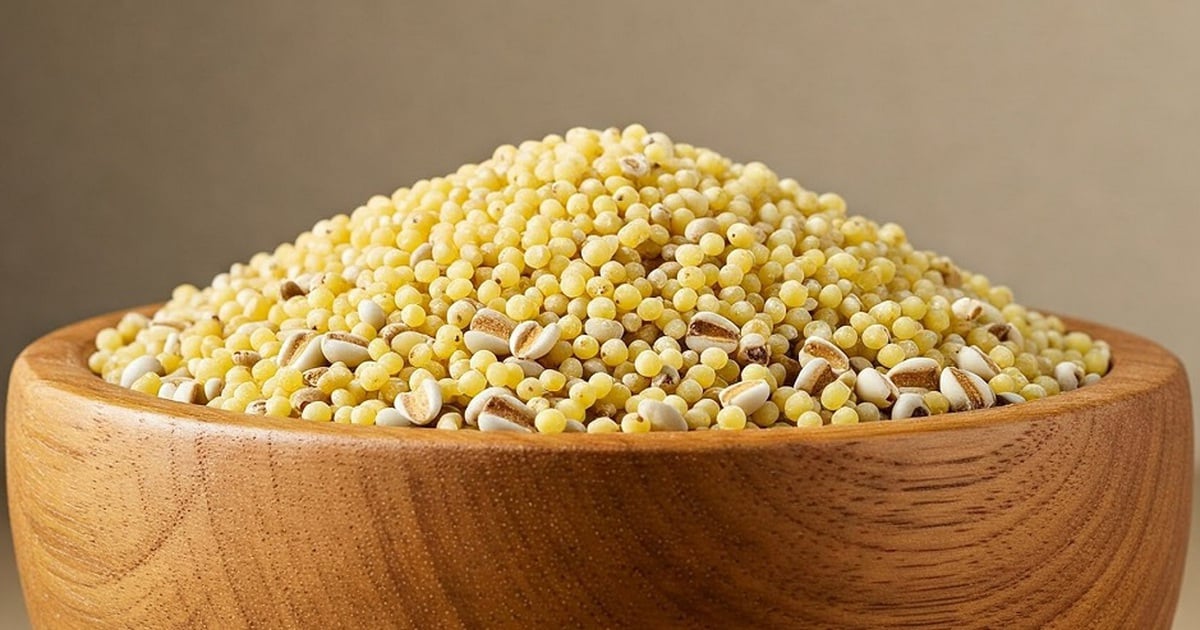



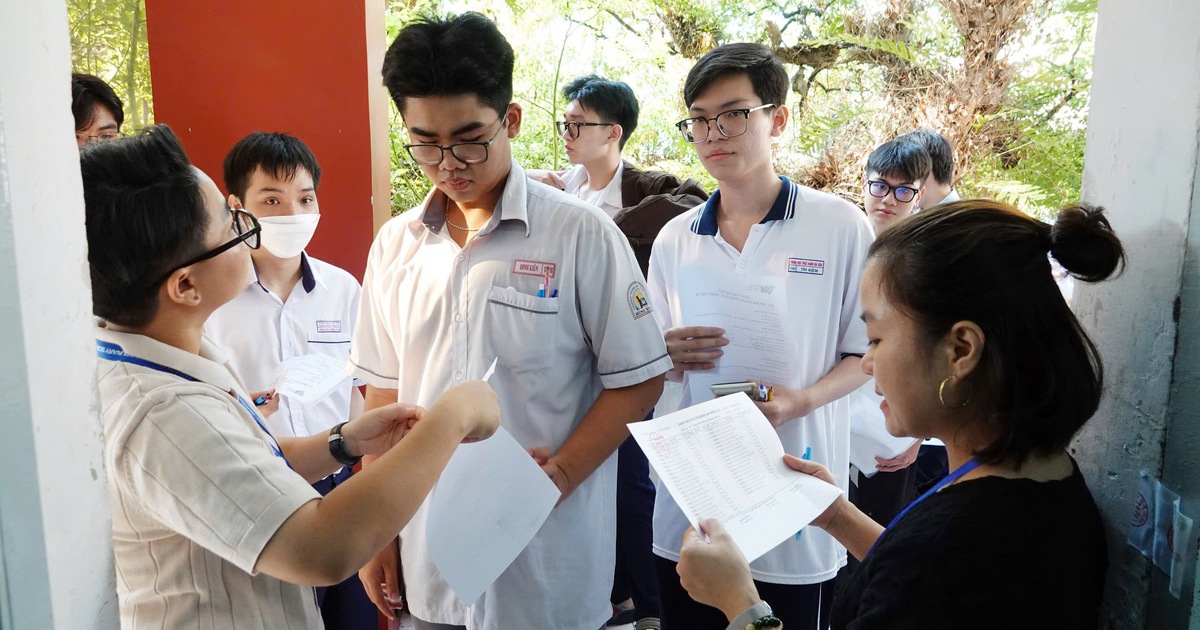

![[Photo] Summary of parade practice in preparation for the April 30th celebration](https://vstatic.vietnam.vn/vietnam/resource/IMAGE/2025/4/11/78cfee0f2cc045b387ff1a4362b5950f)











































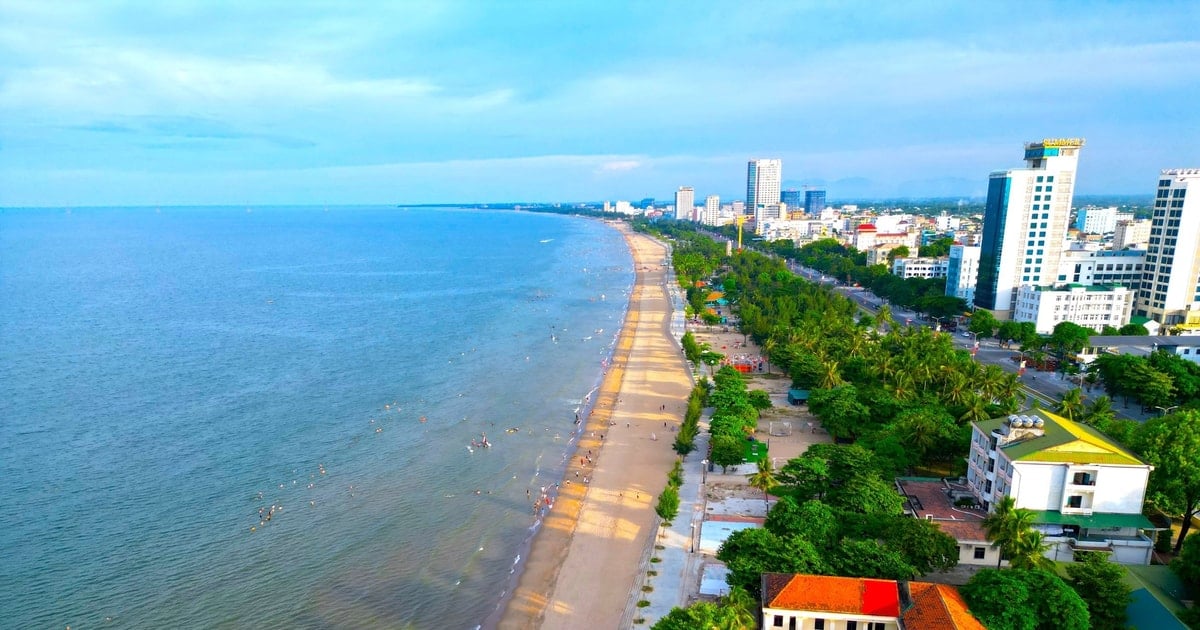
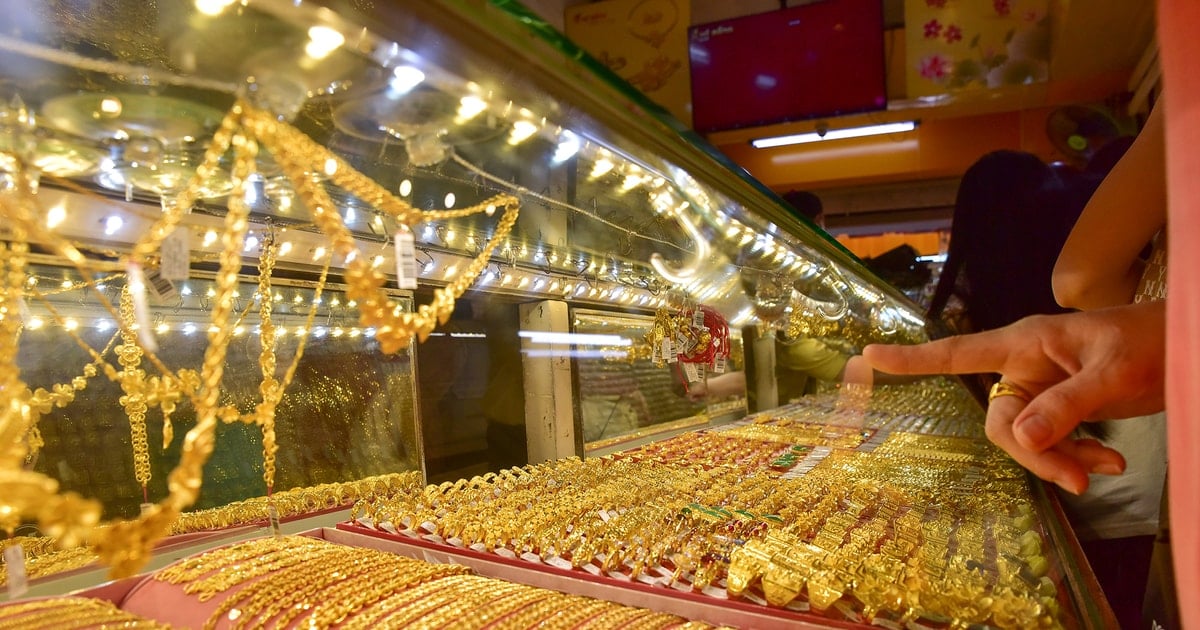
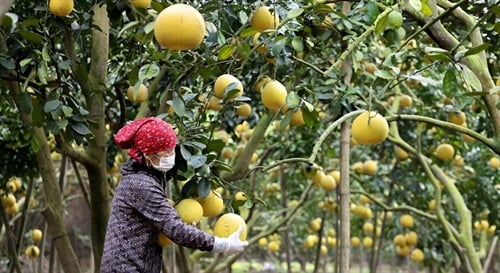
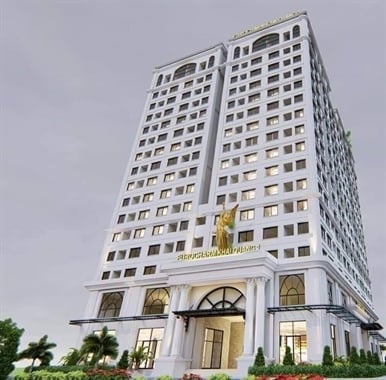











Comment (0)